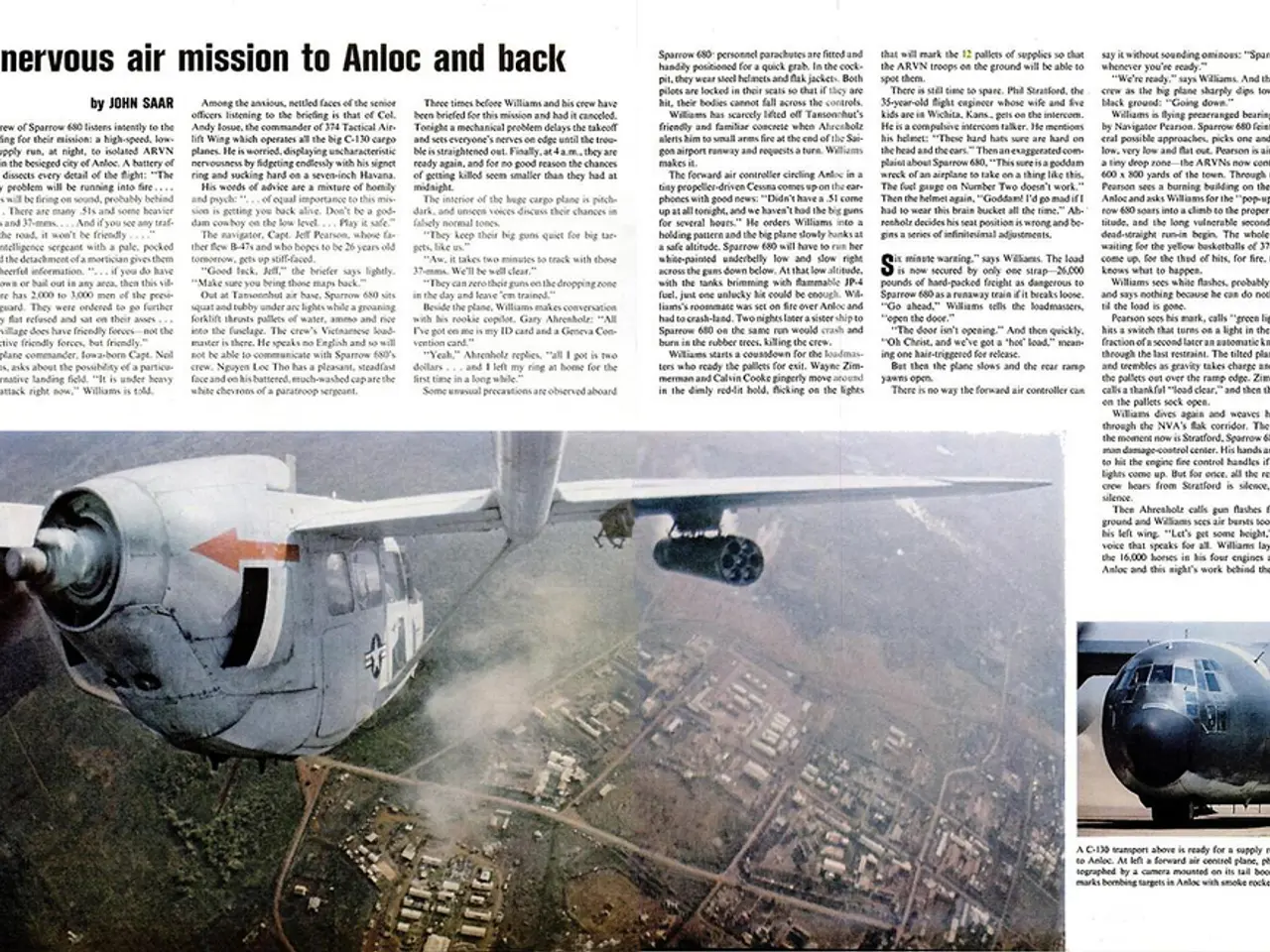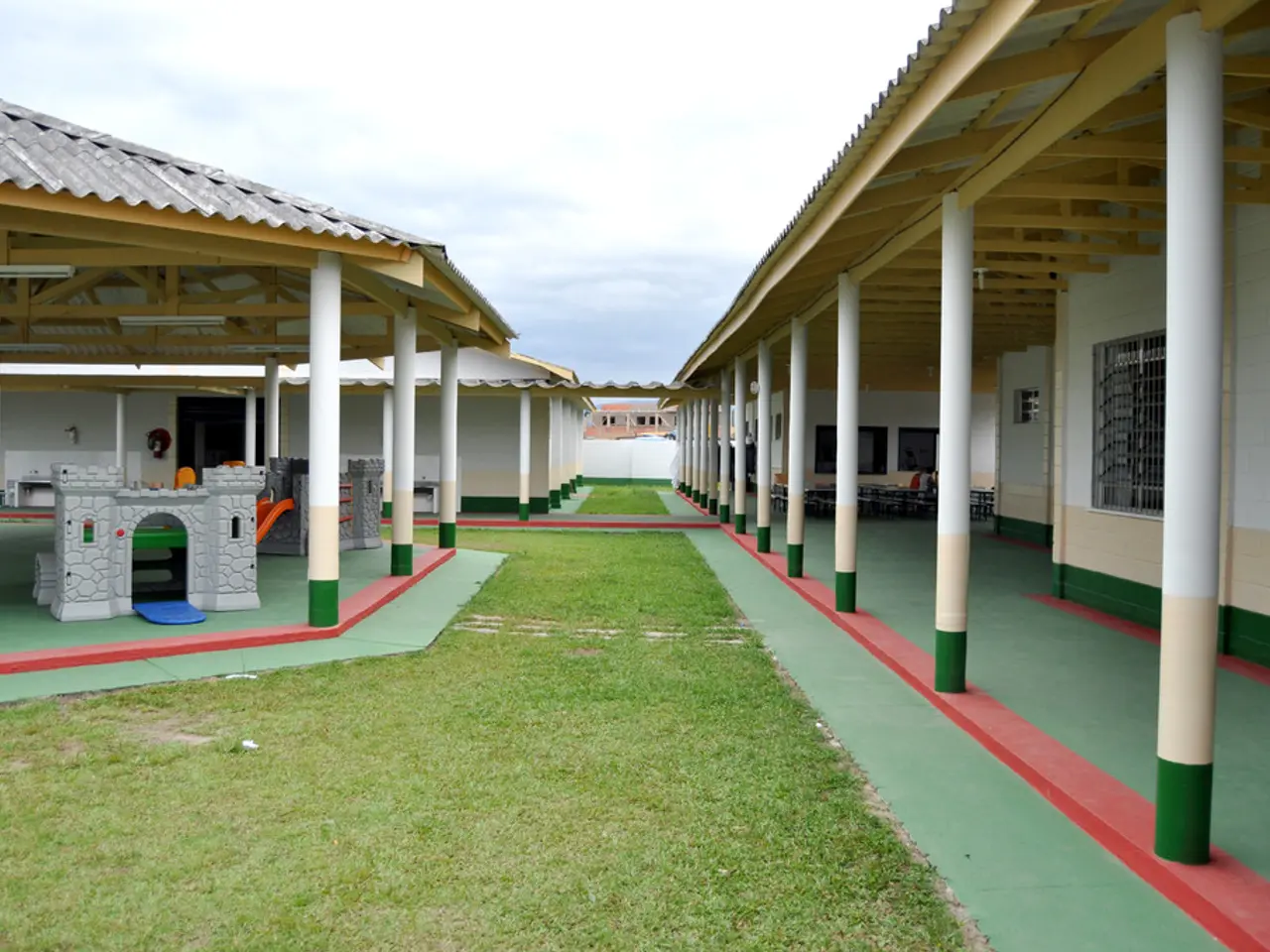Demand for Revealing Contents Stored in Black Boxes Raised by Families
The preliminary report into the tragic Air India Boeing 787 crash that claimed the lives of 241 people on board and 19 on the ground has been released, shedding light on the moments leading up to the disaster.
Recovered flight recorders, the cockpit voice recorder (CVR) and flight data recorder (FDR), provided crucial data that helped clarify the sequence of events. While the front CVR data was successfully downloaded, the second FDR was heavily damaged, preventing full data recovery.
The CVR recordings revealed a conversation between the pilots, with one questioning why the fuel supply was cut off, to which the other responded that he had not done so. This exchange suggests a potential human-machine interface issue with the fuel controls.
The preliminary report states that seconds after takeoff, fuel was cut off to both engines, leading to immediate shutdowns. This finding has been corroborated by the CVR data.
India’s Aircraft Accident Investigation Bureau (AAIB) led the investigation, with support from the UK's Air Accidents Investigation Branch, the US National Transportation Safety Board (NTSB), and the US Federal Aviation Administration (FAA). The DGCA ordered additional technical inspections on Air India’s Boeing 787 fleet, focusing on fuel-parameter monitoring systems, engine controls, and related systems to prevent recurrence.
The investigation has references to a 2018 FAA advisory about the risk of the locking feature on fuel-cutoff switches being disengaged, potentially leading to unintended engine shutdowns. Airlines worldwide have been checking these switches on Boeing 787s following this incident.
However, the final detailed report is still pending, expected within a year. The preliminary report did not assign a definitive cause for the crash.
The immediate release of the CVR and FDR data by the Indian investigators has accelerated understanding and heightened scrutiny of Boeing 787 safety systems globally. The families of the victims have demanded the immediate release of these devices, believing they contain vital information that could reveal the truth behind the crash.
In Vadodara, south of Ahmedabad, lawyer Mike Andrews met with the victims' relatives. Mr. Andrews, representing 65 families from India and the UK, mentioned the possibility of filing a lawsuit for product liability or defective product in the US if the recorders indicate a defect related to the aircraft. Some families are considering legal action against Air India and Boeing, the manufacturer of the aircraft.
The tragedy has left a deep impact on the affected families, with each day without answers increasing the pain of their losses and eroding public confidence in aviation safety. Mr. Sayed, a victim's relative who represents 60 families, emphasised the importance of releasing the recorders to ensure confidence in the investigation.
The Indian Bureau of Aircraft Accidents Investigation (AAIB) has released a report detailing the incident, and the investigation continues to unfold, with the final report expected within the next year. The focus remains on identifying the root cause of the fuel supply cutoff and ensuring the safety of future flights.
[1] The Indian Express, "Air India Boeing 787 crash: Preliminary report points to fuel cut-off seconds after takeoff," July 8, 2025. [2] CNN, "Air India Boeing 787 crash: What we know so far," July 12, 2025. [3] The New York Times, "Air India Boeing 787 Crash: Human-Machine Interface Emerges as Key Focus," July 15, 2025.
- The preliminary report into the Air India Boeing 787 crash has revealed a potential human-machine interface issue with the fuel controls, highlighting a possible connection between politics and justice regarding aviation safety.
- In light of the crash, the legal landscape is shifting as families affected by the tragedy consider filing lawsuits for product liability or defective products, particularly in relation to the cockpit voice recorder and flight data recorder, under the realm of crime and general-news.








